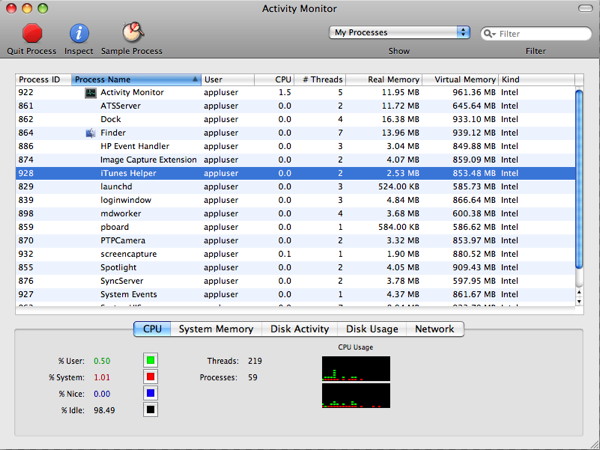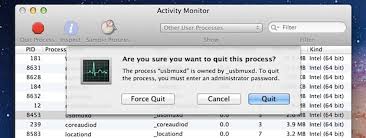
Numerous new Mac clients are originating from the Windows world where they would get to the Task Manager to end errands and stop errant procedures. The Mac has it’s very own Task Manager however it passes by another name: Activity Monitor. Movement Monitor works in a fundamentally the same as approach to how Task Manager does in Windows, letting you effectively see, oversee, and end undertakings, applications, and any dynamic procedures that are running in Mac OS X. In case you’re new to Activity Monitor or assignment the executives on the Mac, by and large, don’t stress, in light of the fact that in spite of its huge power and control, it’s not entangled to utilize.
In spite of being named Activity Monitor numerous Mac switchers keep on alluding to the utility like the Windows name of Task Manager, remember that paying little respect to the language utilized it’s a similar application utility being talked about and utilized.
Task Manager Used in Mac OS X
In case you’re utilized to Windows, you’d get to the Task Manager by hitting Control+ALT+DEL. In Mac OS X, it’s somewhat unique. You can dispatch the application legitimately inside it’s containing an index, through LaunchPad, drag it into the Dock, or use Spotlight for speedy console get to.
Access Mac Task Manager
Movement Monitor is situated in your/Applications/Utilities/organizer. The least difficult approach to get to Activity Monitor in Mac OS X is to utilize Spotlight as a console alternate route for speedy access:
- Hit Command+Spacebar to raise the Spotlight search field
- Type in “Movement Monitor”
- Hit the Return key when “Movement Monitor” populates in the spotlight results
- You are presently in Activity Monitor where you can oversee and control undertakings
It’s regularly useful to sort errands by CPU, yet you can sort them by name, memory utilization, process ID, and utilize the pursuit confine the upper right corner to have the option to find explicit undertakings that match names or characters.
Action Monitor is exceptionally ground-breaking since it not just demonstrates to you what applications are running for the dynamic client, however, it additionally shows framework level errands, bit assignments, daemons, forms that have a place with different clients, truly every procedure will appear. In the event that it’s running someplace on the Mac, you can discover it in this rundown.
Force Stop a Task with Activity Monitor
From inside Activity Monitor, essentially click on the undertaking or application you need to end and after that snap on the huge red “Quit Process” catch in the left corner of the application window. You will get a notice discourse as pursues:

Accepting you have chosen the procedure/application you need to end, click on the “Quit” catch. On the off chance that the application is being lethargic, you can tap on the “Power Quit” catch rather to promptly slaughter the procedure and prevent the application from running with no further cautioning.
Check System Stats, CPU, Memory Usage, Network, and Disk Info in Activity Monitor
Taking a gander at the base of Activity Monitor you can likewise get framework use data about your Mac. Simply click on the tabs to see data about CPU, System Memory, Disk Activity, Disk Usage (space), and Network action and use.

In the event that you need to see live framework details and action constantly, limit Activity Monitor, at that point right-click on it’s Dock symbol to empower different framework movement screens directly in the Dock which will show live diagrams rather than the standard symbol. You can set them to be explicit to CPU (seemingly the most helpful), organize, plate movement, and RAM utilization.

